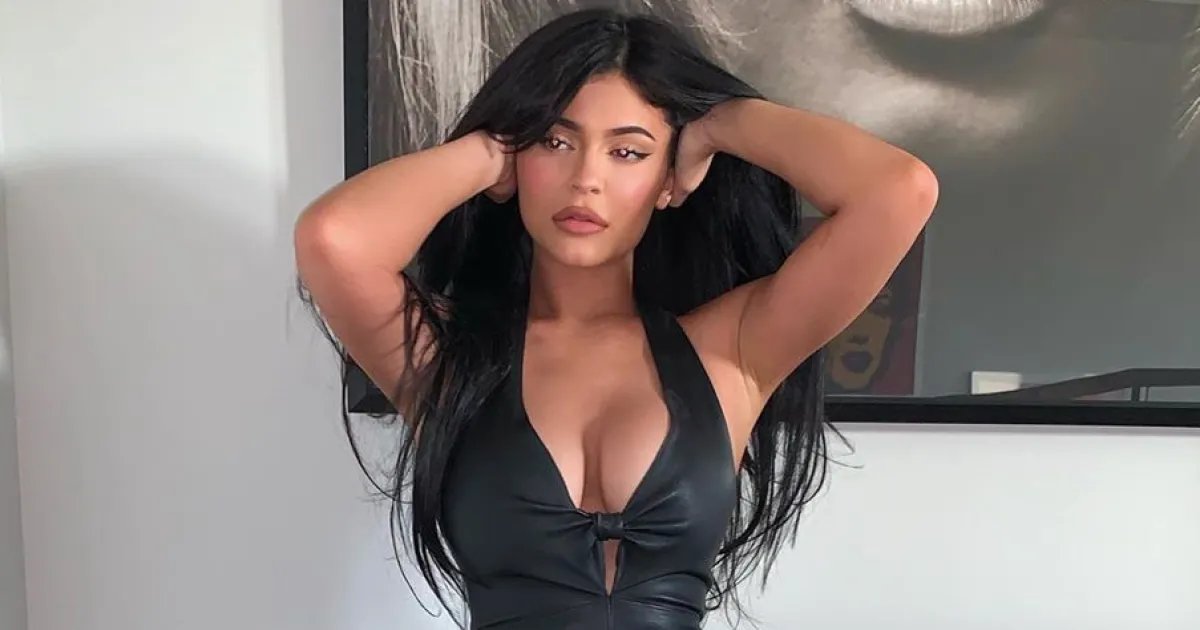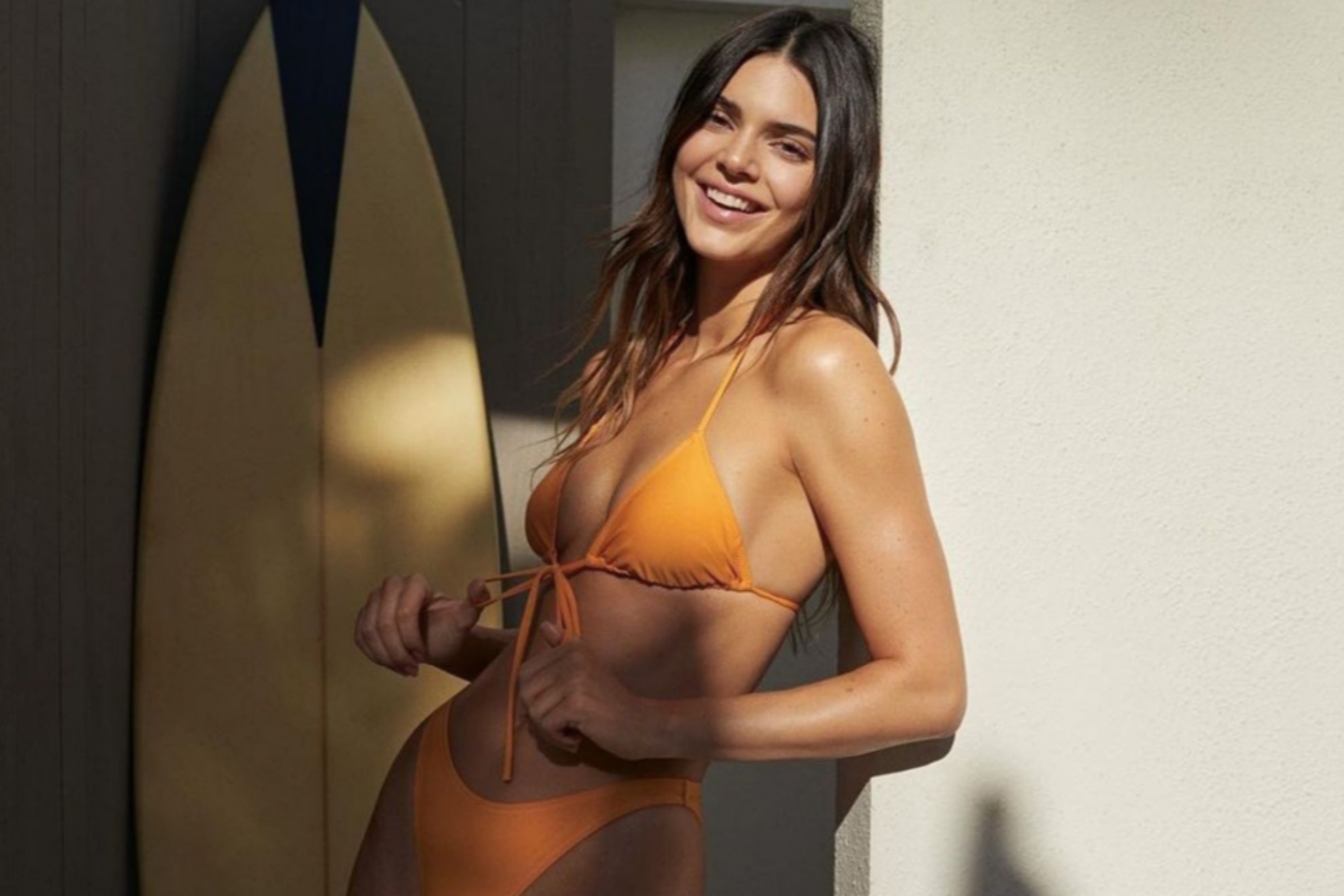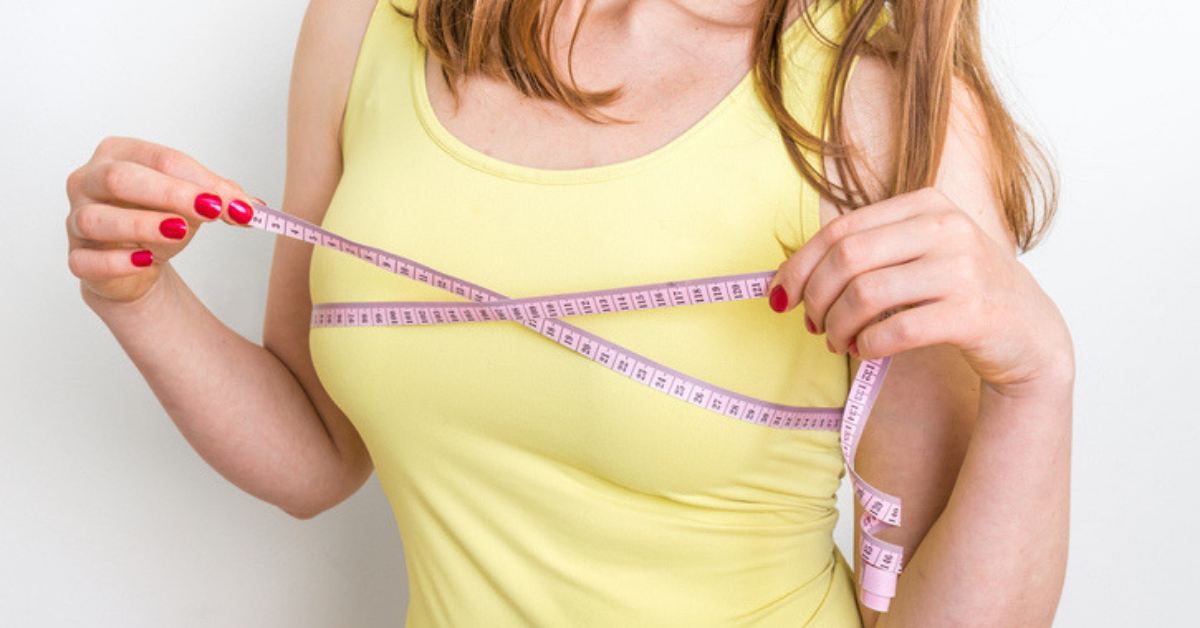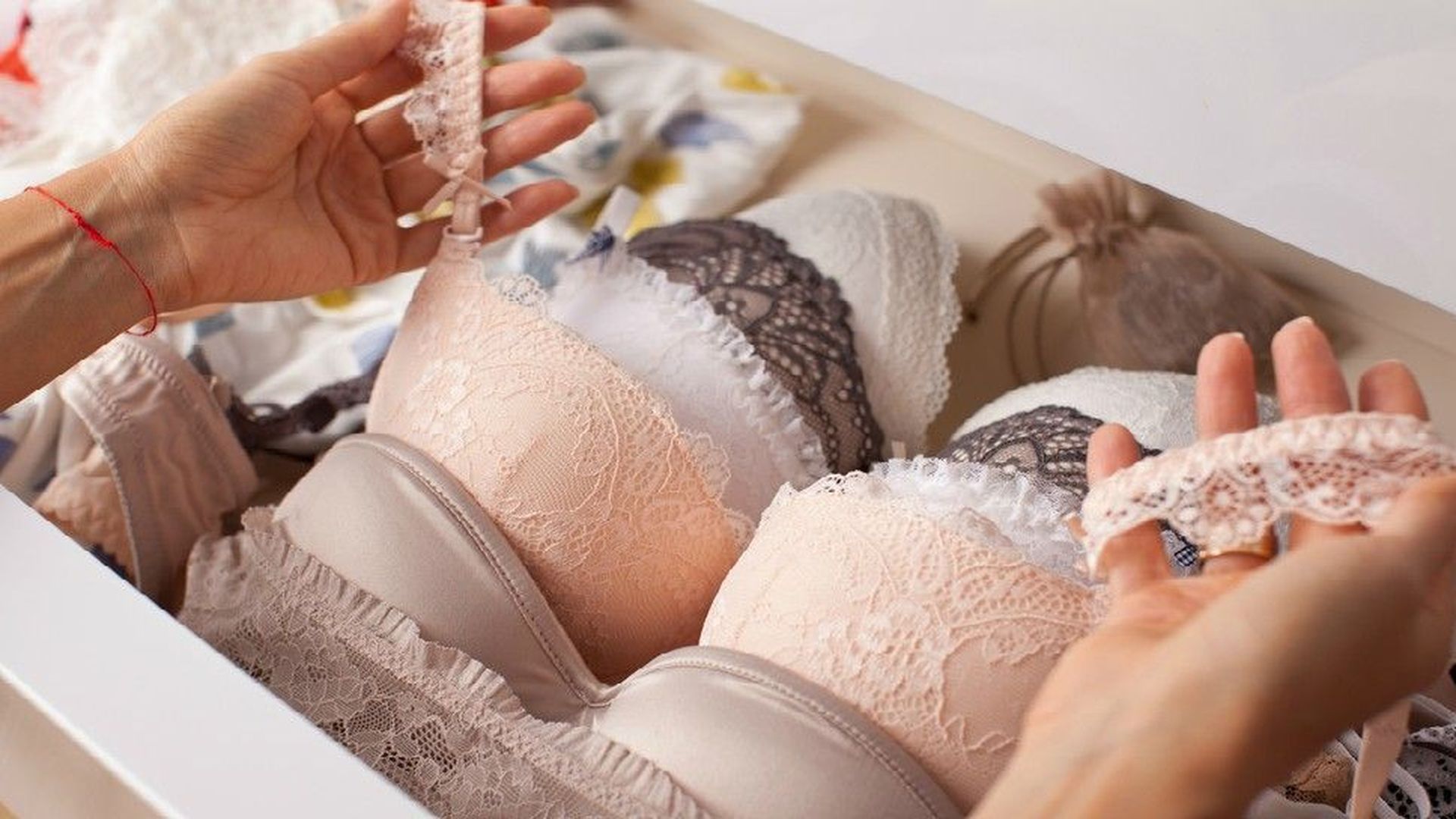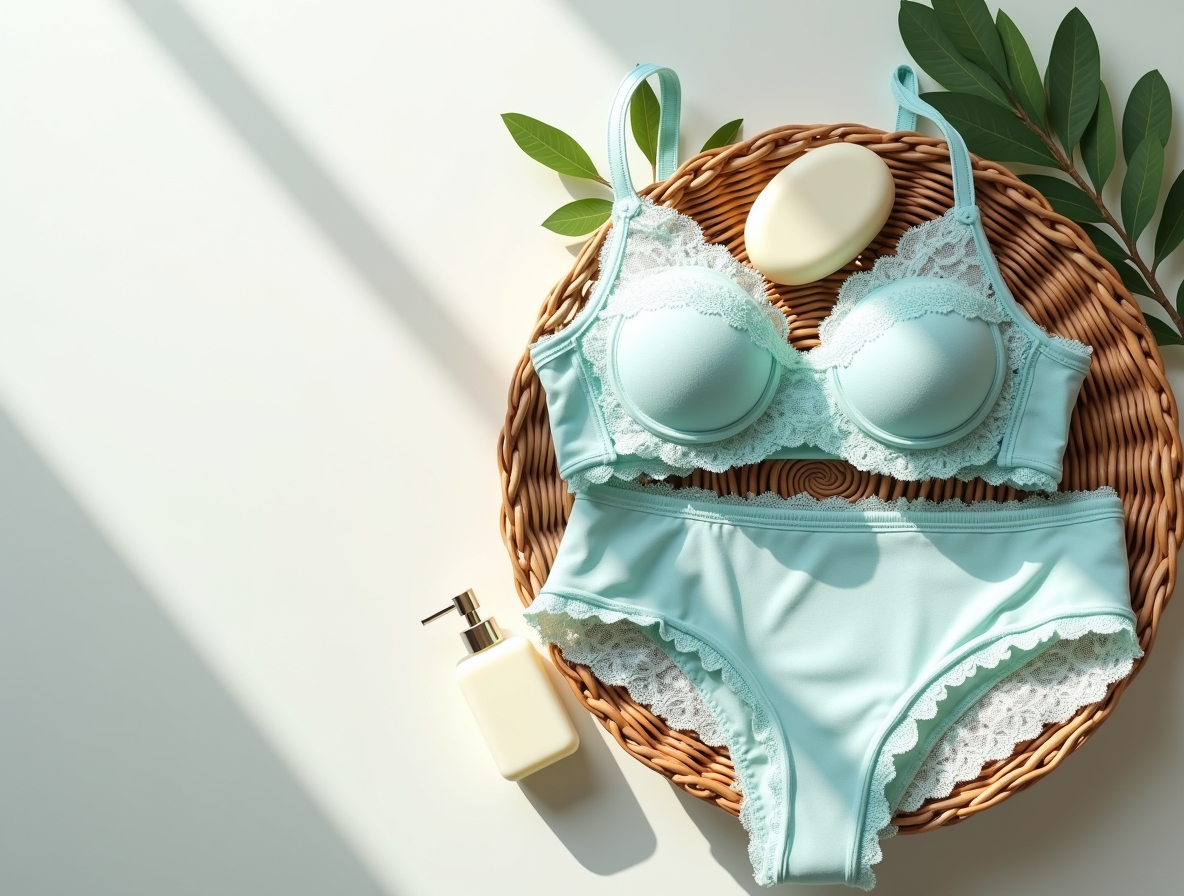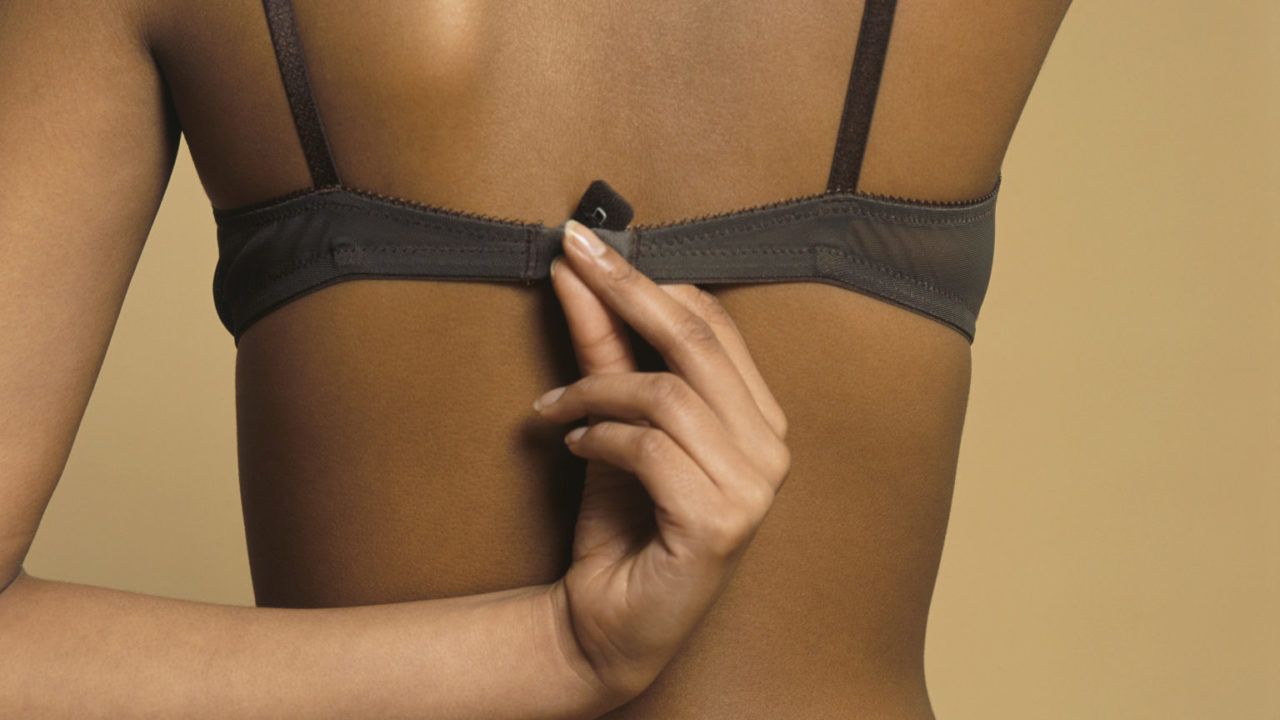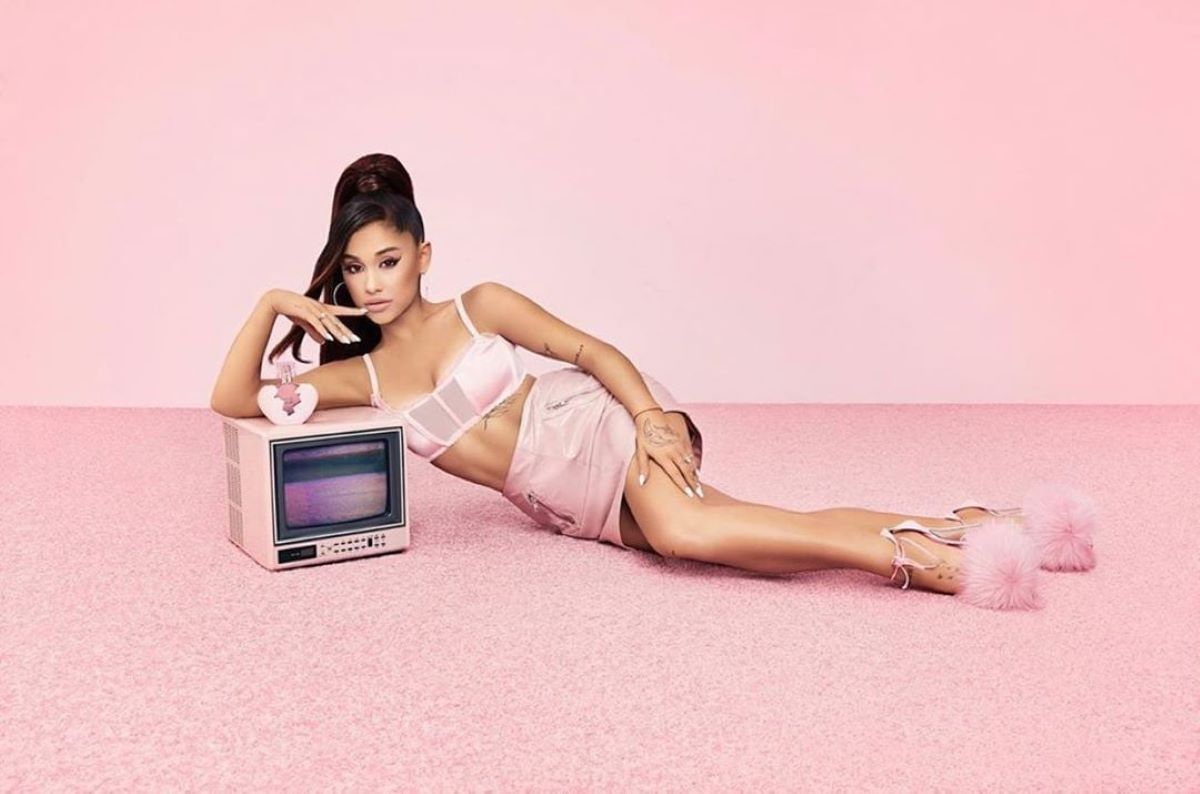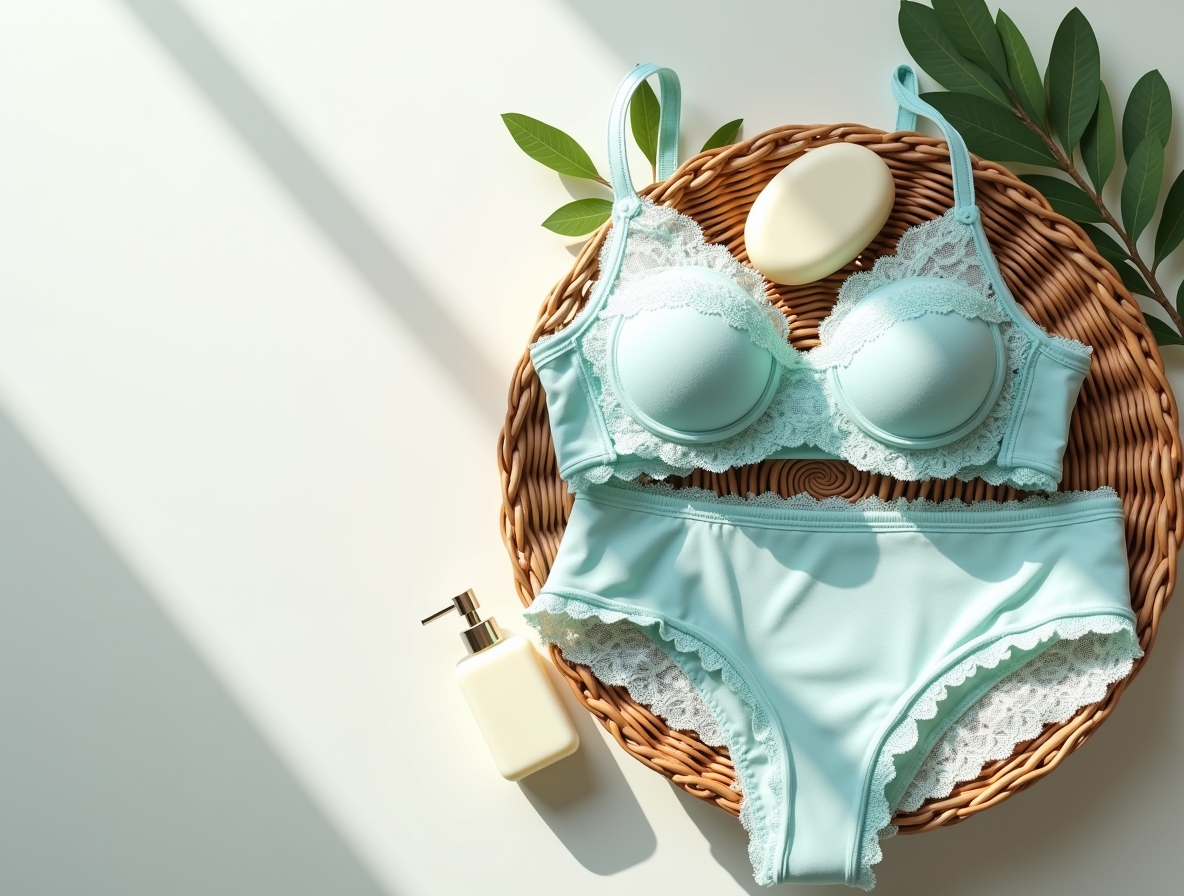Home>Women's Underwear>Bras>What Is The Biggest Bra Size
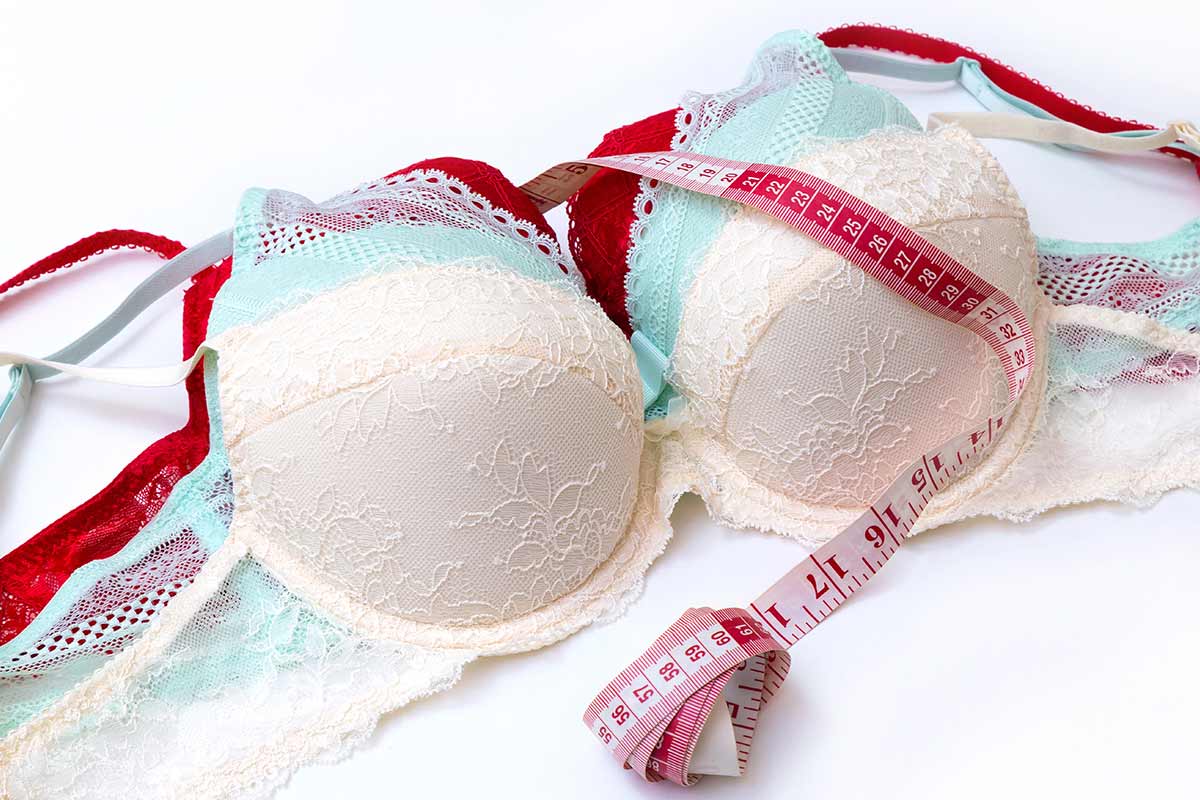

Bras
What Is The Biggest Bra Size
Modified: September 23, 2023
Discover all you need to know about bras, including the biggest bra size available. Find the perfect fit and style for your comfort and support.
(Many of the links in this article redirect to a specific reviewed product. Your purchase of these products through affiliate links helps to generate commission for Under-tec.com, at no extra cost. Learn more)
Table of Contents
Introduction
When it comes to intimate apparel, one of the key considerations is finding the right bra size. A perfectly fitting bra not only enhances comfort but also provides the necessary support. While there are countless sizes available, have you ever wondered what the biggest bra size is?
Understanding bra sizes is essential to ensure a proper fit and avoid discomfort. In this article, we will delve into the world of bra sizes and uncover the truth behind the concept of the “biggest bra size.” We will explore the common misconceptions surrounding bra sizes, the factors that influence them, and the role of genetics in determining breast size. Additionally, we will discuss the correct methods for measuring bra sizes and highlight famous women who have embraced their larger bra sizes with confidence.
So, if you’ve ever wondered about the truth behind the biggest bra sizes, or if you’re simply interested in learning more about the intricacies of this intimate garment, read on. We will guide you through the fascinating world of bras, debunk myths, and help you find the perfect fit.
Understanding Bra Sizes
Before delving into the concept of the biggest bra size, it is crucial to have a solid understanding of how bra sizes are determined. Contrary to popular belief, a bra size consists of two components: the band size and the cup size.
The band size refers to the measurement around the rib cage, just beneath the breasts. This measurement determines the numerical part of the bra size, such as 34, 36, or 38. The cup size, on the other hand, refers to the volume of the breasts and is denoted by letters such as A, B, C, D, and so on. These letters indicate the difference between the band size and the measurement around the fullest part of the breasts.
For example, a bra size of 34C indicates that the band size is 34 inches and the cup size is C. It is important to note that cup sizes are not static, but rather relative to the band size. This means that a 34C bra will have a smaller cup volume than a 38C bra, even though they share the same cup size letter.
Furthermore, it’s important to understand that bra sizes can vary between different lingerie brands and even between different styles within the same brand. It is recommended to try on bras to find the perfect fit rather than relying solely on the numerical and letter sizing system.
Overall, understanding how bra sizes are determined allows individuals to make more informed choices when it comes to selecting the right fit. It also dispels any confusion surrounding the concept of the “biggest bra size” and emphasizes the importance of finding a size that offers optimal comfort and support.
What Does “Biggest Bra Size” Mean?
When we talk about the “biggest bra size,” it is crucial to understand that there isn’t a definitive, universally accepted largest bra size. Bra sizes can range from smaller cup sizes like AA or A to larger cup sizes such as K, L, or even beyond. However, it is important to note that the cup size alone does not determine the overall size of the bra. The band size plays an equally important role in determining the fit and support provided.
In popular culture, the term “biggest bra size” is often associated with women who have larger breasts. However, it is essential to remember that every individual’s body is unique, and there is no one-size-fits-all when it comes to bra sizes.
Furthermore, it is important to avoid stigmatizing or objectifying individuals based on their bra size. Body diversity should be celebrated and embraced, and individuals should feel comfortable and confident in their own skin, regardless of their bra size.
Instead of focusing solely on the concept of the “biggest bra size” as a measure of attractiveness or desirability, it is more valuable to prioritize comfort and finding the right fit. The goal should be to find a bra size that provides the necessary support and enhances overall well-being.
Remember, bra sizes are not static and can change over time due to various factors such as weight fluctuations, hormonal changes, and pregnancy. It is essential to regularly assess and measure your bra size to ensure that you are wearing the correct size.
In the next sections, we will explore the factors that influence bra sizes and discuss the role of genetics in determining breast size. By understanding these factors, we can gain a deeper appreciation for the varying bra sizes and emphasize the importance of body acceptance and self-confidence.
Common Misconceptions about Bra Sizes
When it comes to bra sizes, there are several common misconceptions that prevail. These misconceptions can lead to confusion and make it challenging to find the right fit. Here, we highlight and debunk some of the most prevalent misconceptions about bra sizes:
- Bigger cup sizes are always indicative of larger breasts: The cup size alone cannot determine the size of a person’s breasts. Cup size is relative to the band size, so a larger cup size may not necessarily mean larger breasts. The band size plays a significant role in determining the overall fit and support of the bra.
- There is one “perfect” bra size for every individual: The concept of a perfect bra size is a fallacy. Bodies come in different shapes and sizes, and the perfect fit depends on various factors such as breast shape, personal preference, and comfort. What may work for one person may not work for another.
- Bra sizes do not change over time: This is not true. Factors like weight fluctuations, hormonal changes, pregnancy, and breastfeeding can all contribute to changes in bra size. It is important to regularly measure and assess your bra size to ensure a comfortable and supportive fit.
- There are only standard sizes available: Bra sizes vary across different brands, and there is no universal standard sizing. It’s essential to try on different brands and styles to find the best fit for your body.
- A larger band size automatically means a larger body size: Band size refers to the measurement around the rib cage and is not indicative of overall body size. A person with a larger band size may have a smaller frame, and vice versa. Body size and band size are independent variables.
By debunking these common misconceptions, we can foster a better understanding of bra sizes and promote body positivity. It’s important to embrace diversity and focus on finding a bra that fits comfortably, regardless of the size or label.
Factors Influencing Bra Sizes
Several factors can influence an individual’s bra size. Understanding these factors can help you find the right fit and ensure comfort and support. Here are some common factors that play a role in determining bra sizes:
- Breast tissue composition: The composition of breast tissue can vary from person to person. Some individuals may have denser breast tissue, while others may have more fatty tissue. This can affect the overall volume and shape of the breasts.
- Breast shape and placement: The shape and placement of breasts also impact the bra size. Breasts can vary in terms of fullness, projection, and position on the chest. These factors influence how the breasts fill out the cups of a bra.
- Weight fluctuations: Changes in weight can affect the size and shape of the breasts, as well as the overall body size. It’s not uncommon for individuals to experience fluctuations in bra size due to weight gain or loss.
- Hormonal changes: Hormonal fluctuations throughout the menstrual cycle, pregnancy, and menopause can also affect breast size and shape. It is not uncommon for breasts to feel fuller and more sensitive during certain times of the menstrual cycle.
- Muscle tone: The underlying muscle tone of the chest and back can impact the overall fit of a bra. Stronger and more developed muscles can provide better support and enhance the shape and appearance of the breasts.
- Age and gravity: As individuals age, the effects of gravity and natural aging can cause the breasts to sag or lose volume. This can influence the bra size and the level of support required.
It’s essential to keep these factors in mind when shopping for bras. Remember that finding the right fit may involve trying on different sizes, styles, and brands. It’s also important to consult with a professional fitter if you have any questions or concerns about finding the perfect fit.
By considering these influencing factors and embracing the unique characteristics of your body, you can find a bra size that provides the optimal comfort, support, and confidence.
The Role of Genetics in Bra Sizes
Genetics play a significant role in determining an individual’s bra size. The size and shape of breasts are largely determined by genetic factors passed down from parents. Here’s a closer look at how genetics influence bra sizes:
Family Traits: It is not uncommon for individuals to share similar breast size and shape with their female family members, such as mothers, grandmothers, and sisters. Genetic inheritance can contribute to similarities in breast size among relatives.
Hormonal and Pubertal Changes: The onset of puberty triggers hormonal changes that lead to breast development. The timing and extent of breast growth during puberty can be influenced by genetic factors. These changes are often guided by hormones like estrogen and progesterone, which are regulated by genetic makeup.
Body Composition: Genetics also influence body composition, including the distribution of fat and mammary gland tissue in the breasts. Some individuals may have a higher proportion of fatty tissue, resulting in a larger breast size, while others may have more glandular tissue, which can impact breast shape and firmness.
Hormonal Shifts Throughout Life: In addition to puberty, genetic factors can also influence hormonal shifts later in life, such as during pregnancy, breastfeeding, and menopause. These fluctuations can result in changes in breast size and shape, as well as the need for different bra sizes during these stages.
Limitations of Genetics: While genetics provide a blueprint for breast development, it’s essential to remember that other factors, such as lifestyle, weight fluctuations, and hormonal changes, can also influence bra sizes. Genetics may determine a predisposition, but they are not the sole determinant of an individual’s bra size.
Understanding the role of genetics in bra sizes can help individuals develop a sense of body acceptance and self-confidence. It’s important to embrace the unique characteristics of one’s body while also exploring different options for finding a bra size that fits comfortably and provides the desired support.
Measuring Bra Sizes
Accurately measuring your bra size is crucial to finding a bra that fits comfortably and provides the necessary support. While there are various methods, here is a general guide to measuring bra sizes:
Band Size: Start by measuring the circumference around your ribcage, just beneath your breasts. Use a flexible measuring tape and ensure that it is snug but not too tight. Round the measurement to the nearest whole number. This number will be your band size.
Cup Size: To determine your cup size, measure the circumference around the fullest part of your breasts. Again, use a flexible measuring tape and ensure it is straight and parallel to the ground. Subtract your band size measurement from this bust measurement. The difference will determine your cup size. For example, if the difference is 1 inch, your cup size is A; 2 inches, B; 3 inches, C; and so on.
The Importance of Trying On: Keep in mind that measuring is just a starting point. It’s essential to try on bras in different styles and brands to find the perfect fit. Bra sizing can vary between manufacturers, so trying on multiple sizes and styles will help you identify the most comfortable and supportive option.
Seeking Professional Help: If you are unsure about measuring your own bra size or need assistance, consider visiting a professional bra fitter. These experts can provide personalized recommendations and ensure that you find a bra that fits correctly and meets your specific needs.
Remember, bra sizes can change over time due to factors such as weight fluctuations, hormonal changes, and pregnancy. It’s important to measure your bra size regularly and adjust accordingly to ensure a comfortable and supportive fit.
By following proper measurement techniques and being open to trying on different sizes and styles, you can find a bra that enhances your comfort and confidence.
Famous Women with Big Bra Sizes
It’s important to recognize and appreciate body diversity, including women who have embraced their larger bra sizes with confidence. Here are a few famous women who have been open about their big bra sizes:
- Dolly Parton: The country music icon is known for her voluptuous figure and famously stated, “It costs a lot to look this cheap.” Dolly Parton has been candid about her larger bra size and has never shied away from embracing her curves.
- Sofia Vergara: As one of the highest-paid actresses in the world, Sofia Vergara proudly embraces her curvy figure. Her larger bra size has not hindered her success, as she has become a prominent figure in the entertainment industry.
- Kate Upton: Sports Illustrated model Kate Upton is celebrated for her beautiful curves and larger bust size. She has been an advocate for body positivity, encouraging women to embrace their natural shapes and sizes.
- Christina Hendricks: Known for her role as Joan Holloway on Mad Men, Christina Hendricks has been praised for her hourglass figure and larger bust. She has become an icon of body confidence in Hollywood and an inspiration for women with curvier body types.
- Adele: As a Grammy-winning singer-songwriter, Adele has publicly discussed her journey with body image and self-acceptance. She has confidently embraced her big bra size and encouraged her fans to love themselves for who they are.
These women not only showcase the beauty of different body types but also emphasize the importance of self-confidence and acceptance. Their success and influence in their respective industries demonstrate that bra size does not define a woman’s worth or ability.
By highlighting these famous women with big bra sizes, it becomes clear that size is not a limiting factor in achieving personal and professional success. Women of all shapes and sizes can feel empowered and confident in their bodies.
Finding a Bra that Fits Comfortably
When it comes to finding a bra that fits comfortably, it’s important to consider both the size and the style that suits your body and personal preferences. Here are some tips to help you find a bra that offers optimal comfort and support:
- Get Professionally Fitted: Consider visiting a professional bra fitter who can accurately measure your bra size and provide expert advice on styles that are best suited for your body shape. Their guidance can help you find the right fit and alleviate any discomfort caused by wearing the wrong size.
- Try Different Styles: Experiment with different bra styles to find the ones that work best for you. Some individuals may prefer underwire bras for added support, while others may find wireless or sports bras more comfortable. Explore different options to see what feels best on your body.
- Pay Attention to Band and Cup Sizes: Ensure that the band of the bra fits snugly around your ribcage without digging in or riding up. The cups should fully cover your breasts, with no spillage or gaps. Remember, the size may vary between brands, so be open to trying different sizes within your measured range.
- Consider the Fabric and Construction: Look for bras made from high-quality materials that provide breathability and flexibility. Adjustable straps and multiple hook-and-eye closures can offer additional support and customization for a comfortable fit.
- Listen to Your Body: If a bra feels uncomfortable or causes pain or irritation, it may not be the right fit for you. Pay attention to any signs of discomfort and make adjustments as needed to ensure the bra is providing proper support without causing any discomfort or harm.
- Regularly Assess and Update: It’s important to regularly evaluate your bra size and fit, especially if you experience weight fluctuations or changes in body shape. A well-fitting bra can enhance your overall comfort and confidence.
Finding a bra that fits comfortably is a personal journey that requires patience and a willingness to try different sizes and styles. Remember, your comfort should always be the top priority. By taking the time to find the right fit, you can enjoy the benefits of a well-supported and comfortable bra that enhances your daily comfort and confidence.
Conclusion
The world of bra sizes is diverse and complex, with a range of sizes and styles to suit every individual. Understanding how bra sizes are determined and the factors that influence them is essential for finding a bra that fits comfortably and provides the necessary support.
While the concept of the “biggest bra size” may capture attention and curiosity, it is important to remember that there is no universally accepted largest size. Bra sizes are relative and vary based on factors such as band size, cup size, genetics, and body composition. Embracing body diversity and celebrating individuality is paramount when discussing bra sizes.
By debunking common misconceptions, highlighting the influence of genetics, and providing guidance on measuring and finding the right fit, we can help individuals navigate the world of bra sizes with confidence and self-acceptance. Famous women like Dolly Parton, Sofia Vergara, Kate Upton, Christina Hendricks, and Adele have embraced their big bra sizes and serve as inspirations for body positivity and self-confidence.
Ultimately, the goal is to find a bra that fits comfortably and offers the necessary support for everyday wear. Whether it’s through professional fittings, trying on different styles, or paying attention to your body’s needs, prioritizing comfort is key. Regularly reassessing your bra size and being open to adjustments as your body changes is also important.
Remember, bra sizes are as diverse as our bodies, and it’s essential to respect and appreciate individual differences. By finding a well-fitting bra that provides comfort and support, you can enhance your confidence, embrace your body, and feel comfortable in your own skin.
